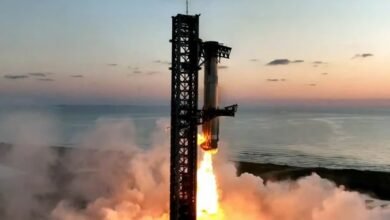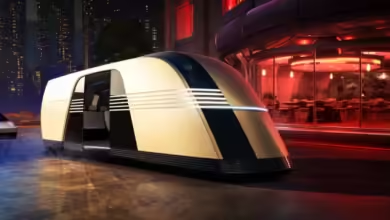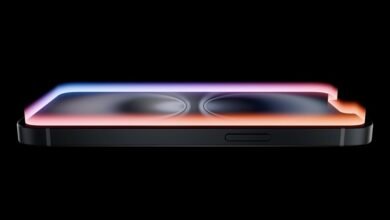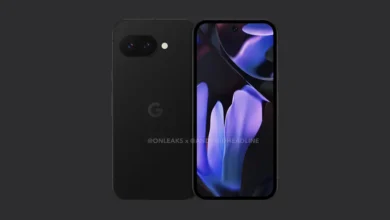
Tesla recently unveiled its highly anticipated robotaxi, the Cybercab, at the “We, Robot” event held at Warner Bros Studios in Burbank, California. This marks a significant milestone in Tesla’s vision for autonomous transportation, aiming to reshape urban mobility through a fleet of self-driving vehicles.
Overview of the Cybercab
The Cybercab is designed to be a compact, two-seater vehicle that embodies Tesla’s futuristic aesthetic, drawing inspiration from the iconic Cybertruck. Notably, it features no steering wheel or pedals, emphasizing its fully autonomous capabilities. This design choice reflects Tesla’s confidence in its Full Self-Driving (FSD) technology, which has been under continuous development and testing.
Key Features
- Autonomous Design: The absence of traditional controls indicates that the Cybercab will operate independently without human intervention.
- Advanced Sensor Suite: The vehicle utilizes a combination of cameras and AI-driven systems for navigation, foregoing Lidar technology used by competitors like Waymo and Cruise.
- Futuristic Aesthetics: The Cybercab boasts angular edges and a stainless steel finish, aligning with Tesla’s bold design language.
Availability and Production Plans
Elon Musk has set an ambitious timeline for the Cybercab’s production to begin before 2027, although analysts express skepticism about meeting this deadline due to technological and regulatory challenges. The expected price point for the Cybercab is under $30,000, which could potentially disrupt the market by making autonomous transport more accessible.
Regulatory Challenges
Despite Tesla’s innovative strides, regulatory hurdles remain a significant barrier. The approval process for fully autonomous vehicles varies by state and requires extensive safety testing. As it stands, Tesla has not yet applied for deployment permits necessary to operate its robotaxi service commercially in California.
Continuous Improvement
Tesla is committed to addressing these safety concerns through ongoing software updates and enhancements to its sensor technology. The company aims to transition from supervised to unsupervised FSD capabilities, allowing passengers to relax during their journeys. Musk envisions a future where passengers can “fall asleep and wake up at their destination,” highlighting his confidence in Tesla’s technological advancements.
Competitive Landscape
Tesla is not alone in the robotaxi arena. Companies like Waymo and Cruise have already launched autonomous ride-hailing services in cities like Phoenix and San Francisco. These competitors have established themselves ahead of Tesla in terms of operational experience with driverless vehicles. However, Musk’s ambitious plans for the Cybercab could position Tesla as a formidable player if they can navigate the technological and regulatory challenges ahead.
Conclusion
The unveiling of Tesla’s Cybercab marks a pivotal moment in the evolution of autonomous transportation. While the vehicle promises to revolutionize urban mobility with its cutting-edge design and technology, significant hurdles remain before it can become a reality on public roads. As Tesla continues to refine its FSD technology and navigate regulatory landscapes, the future of robotaxis looks promising yet complex.With ongoing developments and updates expected in the coming years, enthusiasts and investors alike will be keenly watching how Tesla maneuvers through these challenges to bring its vision of autonomous ride-hailing to life.
For more tech updates, click here.
Connect with us on X/Twitter here.



